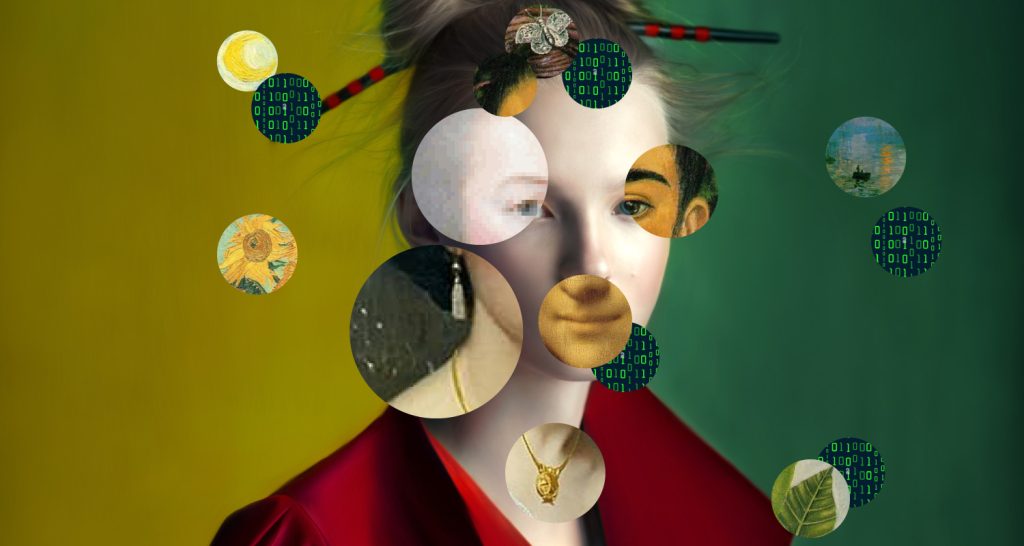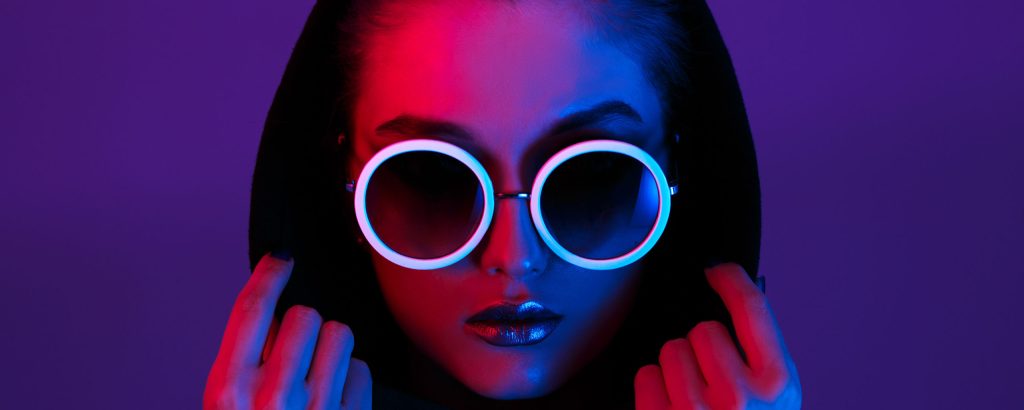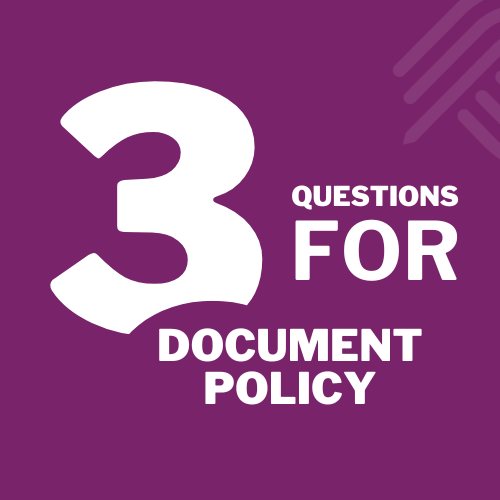AI and copyright: a good mix?
Artificial Intelligence is increasingly raising the issue of copyright in many areas. Recently, the question has arisen in relation to image-generating AI. In this case, can the AI be credited with copyright, or the person who gave the orders to the AI, or the publisher of the solution itself?

In fact, the issue has been settled in the United States, where it has been decided that if there is no original human intervention in a work, then copyright does not apply. Even if the issue has not been settled, there is a risk that France will go down the same road.
Copyright protects the expression of an author’s personality, history, sensibility and intellect. Ideas, styles or techniques are not protected. An AI can therefore mimic an artist by learning his works, but as it lacks the qualities of a human author, its output cannot be protected. On the other hand, hybrid formats may exist, where an author retouches and adds his or her own touch to a work initially generated by an AI. The conditions and limits will have to be set.
As more and more AIs are integrated into DAMs, the question arises of how to support copyright in this software and the services that these AIs really provide.
AI within the DAM
Since the creation of Ephoto Dam in 2008, the software has already included functions enabling professionals to manage copyright. For professional use of images, it was essential to be able to associate copyright with the media, as well as image rights notices, with the people represented, the addition of rights assignment contracts or image rights authorisations.
Over time, Ephoto Dam has also intuitively managed the copyright associated with a work represented on a medium in addition to the rights associated with the medium itself, making it easier to implement the tool with organisations that manage collections. With AI, thanks in particular to facial recognition, image rights have become simpler to administer, with the software helping to recognise people who are known to the system and detect those who are as yet unknown to it.
AI has also been integrated into the DAM for automatic indexing using image recognition. The aim was laudable: to help iconographers and documentalists manage the ever-increasing flow of incoming media. However, the method has shown its limitations, in particular because its knowledge of the subjects of an image is too general and therefore the indexing is too superficial.
Professionals using a DAM rarely handle general illustration images. They are specialists in a particular field, and while not all of them produce indexing of scientific quality, they do require a level of detail and description that a generalist AI is unable to provide. Similarly, DAM now includes image-generating AI. Beyond the wow effect of these AIs, their interest remains limited.
Generating an image to produce a brief for its teams, who will then go on to produce the final images, can be seen as a plus. However, the question arises as to the role of the DAM and whether it should provide this type of service. On the other hand, one of the most promising avenues for authors is image recognition. For example, the DAM could be asked to find out from Google Images whether images have been distributed and on which platforms, and to certify that they are indeed in a format extracted from the DAM, using invisible watermarks (steganography) or encrypted keys integrated into the media.
DAMIA Lab and copyright
Created by Einden and the XLIM research institute (University of Poitiers, CNRS, ANR), DAMIA Lab is the first joint laboratory (LabCom) dedicated to DAM. The lab is working on the creation of AI dedicated to media management that automatically adapts to a client base. As we have seen, the advantage of automatic indexing is that it can be based on a specialised corpus rather than on general images.

An example: the aim of deduplication is to be able to choose the level of similarity depending on the media repository and the context. Do we deduplicate bursts or not (in the context of a studio portrait yes, in the context of a sportsman’s gesture no), do we deduplicate in the event of differences in colourimetry or not? All these questions demonstrate that the service can only be provided by relying on a specialised corpus managed by an expert such as an iconographer or documentalist, which validates the approach of the laboratory, which bases its thinking and research on this notion of corpus.
As far as copyright and generative AI in DAM are concerned, it is currently unlikely that a museum or collection manager will need to generate images “in the style of”. Their vocation is precisely to transmit a genuine heritage created by the hand of a human being whose personality is touched through his or her work. Photographers of local authority events are also unlikely to need to generate images inspired by their reportage work, which covers current events in their organisation.
Perhaps the greatest threat to copyright posed by generative AI is the mass of uninterrupted media content, which no longer allows documentation professionals to fully and calmly manage intellectual property, rights holders and the people represented. AI must therefore help the expert, by recognising people, by recognising the different works that appear in an image, and by making it easier to qualify content.
As a major player in AI applied to DAM, Einden and its Ephoto Dam solution continue to question all the formidable advances in AI to always provide the best possible service to Digital Assets Managers. DAMIA Lab and the future functionalities it will produce are part of this approach.


